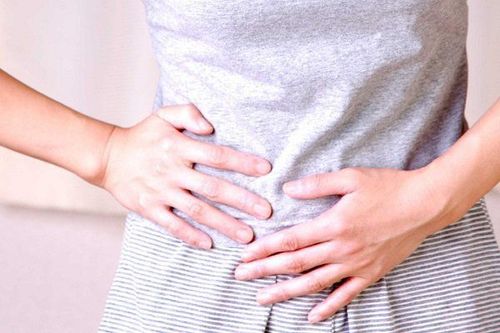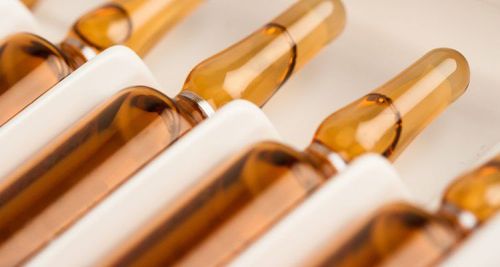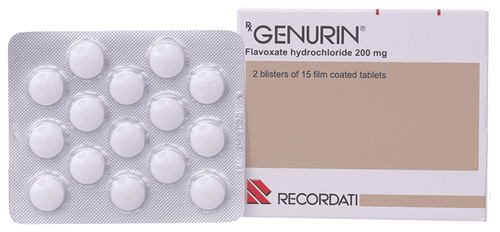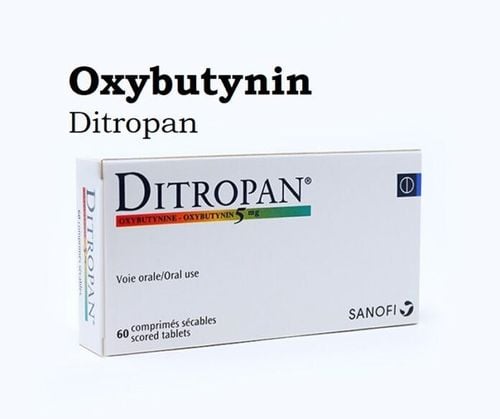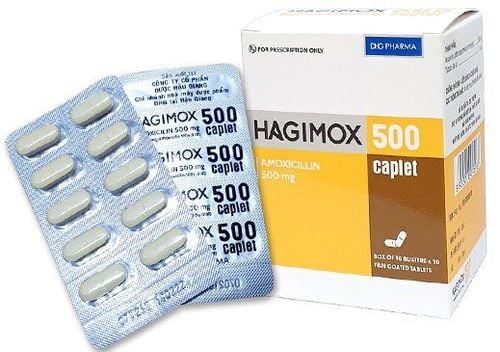This is an automatically translated article.
Urinary tract infection is an inflammation of the urinary tract caused by bacteria that occurs in each or all of the urinary tract. Depending on the high or low infection site with severe or mild severity, the treatment method will be different. In which, lower urinary tract infections are often used oral antibiotics in combination with local urinary tract antiseptics to achieve effective treatment.
1. Common urinary tract antiseptic drugs
Currently, there are a number of common urinary tract antiseptics including:
Doxycycline: This is an antibiotic of the tetracycline group that works to treat urinary tract infections caused by chlamydia trachomatis and mycoplasma hominis. The drug is available in both oral and injectable forms.
Trimethoprim antibiotic: Is a drug with bacteriostatic effect by inhibiting bacterial dihydrofolate-reductase enzyme, often combined with sulfamethoxazole to enhance antibacterial ability. The drug is available in oral and liquid form.
Mictasol Bleu 20 mg: A mild antiseptic that kills bacteria in the urinary tract often used in combination with Augmentin.
Cephalexin: An antibiotic belonging to the 1st generation cephalosporin group. It has a bactericidal effect by inhibiting the synthesis of bacterial cell walls such as E.coli, Proteus mirabilis.
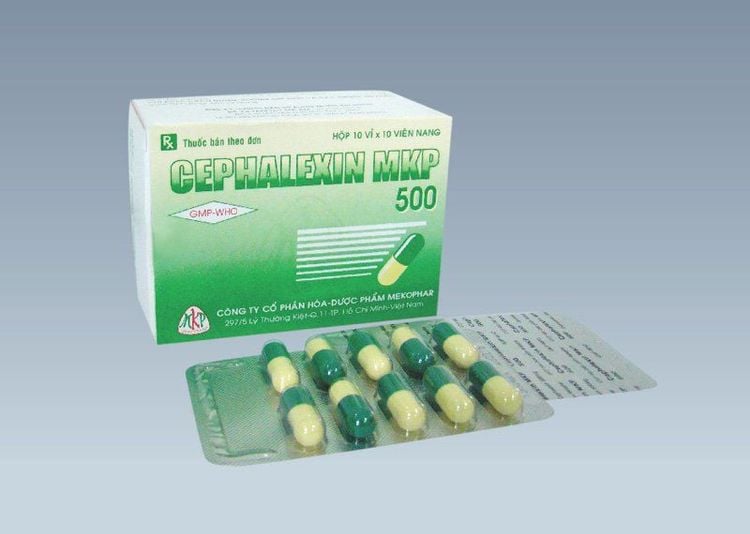
Thuốc kháng sinh Cephalexin
2. Usage and side effects of urinary tract antiseptics:
2.1 Doxycycline Patients need to take the drug at least 1 hour before meals or 2 hours after meals, drink 1-2 times a day as prescribed by the doctor and drink plenty of water.
The usual dose is 100 mg, about 42 hours apart / 1 dose in the first day. For severe infections, it can be used 100mg / time / day or 2 times / day. The dose for intravenous infusion is 200 mg, given once or in two divided doses on the first day, then maintained at 100-200 mg the next day. Possible side effects of doxycycline are abdominal pain, diarrhea, and vomiting. vomiting, headache, dizziness, fever, chills, body aches, ... if any of these signs are present, notify the treating doctor immediately. Note: Do not take the drug in combination with foods with high calcium content or with milk. After taking the drug, you need to rest for at least 10 minutes, do not lie down immediately.
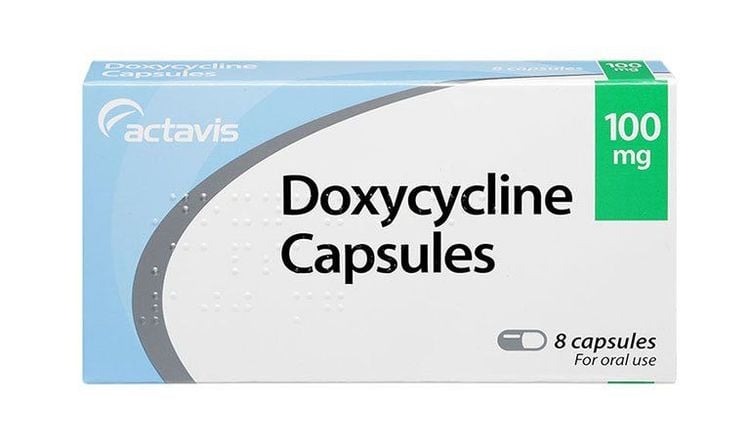
Thuốc Doxycycline cần dùng theo đúng hướng dẫn của bác sĩ
2.2 Trimethoprim Patients should take 100 mg twice a day for 10 days. If it is to prevent urinary tract infections, it is recommended to take 100 mg / day. Injections can be intravenous or drip lactate at a dose of 150-250 mg / time each time 12 hours apart.
Possible side effects of trimethoprim are nausea, itching, blurred vision, dizziness, ... Especially note that people with liver and kidney failure, anemia due to folic acid deficiency or people who are sensitive to the drug should not use it. use and consult your doctor to change to another medication.
2.3 Mictasol Bleu Patients can take the drug 2-3 times/day, 2 tablets/time for 3-5 days continuously. Take the correct dose and exactly as prescribed by your doctor.
Possible side effects of the drug are nausea, vomiting, difficulty urinating or diarrhea, green urine.
2.4 Cephalexin Patients can take 250-500 mg, every 6 hours depending on the severity of the infection, the dose can be up to 4g / day depending on the doctor's instructions.
Please dial HOTLINE for more information or register for an appointment HERE. Download MyVinmec app to make appointments faster and to manage your bookings easily.




